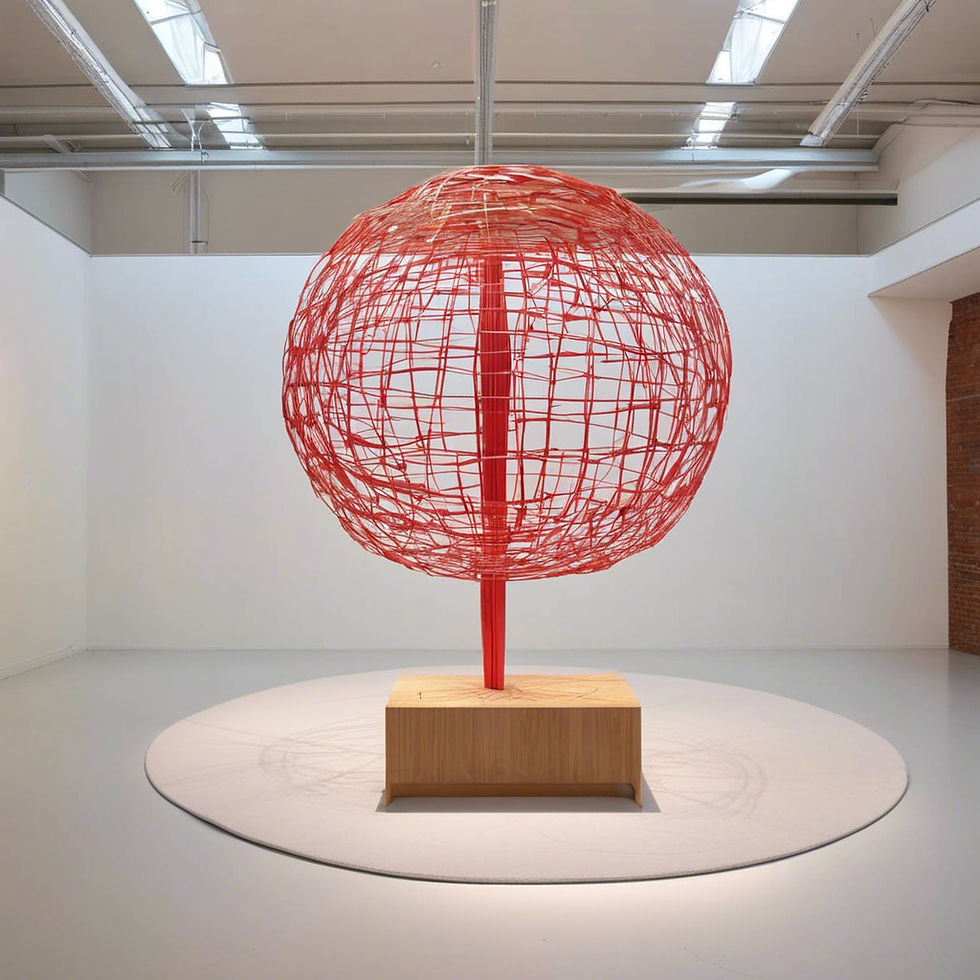Art Fairs: A Hub for Contemporary Art Discoveries
- Ahmed Kheder

- Jun 30, 2024
- 3 min read
Updated: Sep 29, 2024
Art fairs have emerged as vibrant hubs where the pulse of contemporary art beats strongest. These events bring together artists, collectors, curators, and enthusiasts in a celebration of creativity and cultural exchange. Far from static exhibitions, art fairs are dynamic platforms that showcase the latest trends, innovations, and emerging talents in the art world.
Art Fairs as A Hub for Contemporary Art Discoveries
Evolution and Significance
Historically, art fairs have evolved from traditional gallery shows to large-scale, international events. Their rise parallels the globalization of the art market, allowing galleries and artists to reach a broader audience beyond their local or national borders. Art fairs not only facilitate commerce but also foster dialogue and networking among diverse participants.
Diversity of Offerings
One of the most compelling aspects of art fairs is their diversity. Visitors encounter a rich tapestry of artworks spanning various mediums such as painting, sculpture, photography, digital art, and installations. This eclectic mix ensures there's something to captivate every artistic taste and interest.
Discovering New Talent
For emerging artists, art fairs offer a pivotal opportunity to gain exposure and recognition. Galleries often use these platforms to introduce fresh talent to a global audience, providing a launching pad for careers. This exposure can be transformative, propelling artists from obscurity to prominence within the art world.
Trends and Innovations
Art fairs are also barometers of contemporary artistic trends. They reflect shifts in aesthetic preferences, thematic concerns, and technical innovations. From experimental mixed media to socially engaged art, these events provide a glimpse into the current pulse of artistic expression and cultural discourse.
Engaging with Collectors and Buyers
Beyond showcasing art, fairs serve as crucial marketplaces where collectors and buyers converge. Galleries and artists engage directly with potential patrons, fostering relationships that often extend beyond the fair itself. This direct interaction allows collectors to acquire works that resonate with them personally while supporting artists' careers.
Cultural Exchange and Dialogue
Art fairs transcend mere commerce; they are arenas for cultural exchange and intellectual dialogue. Curators, critics, and art historians participate in panel discussions, lectures, and guided tours, enriching the fair experience with insights into the broader context of exhibited works. These conversations stimulate thought and deepen appreciation for contemporary art's role in society.
Impact on Local and Global Art Scenes
The influence of art fairs extends beyond their immediate venue. Host cities benefit economically from increased tourism and cultural cachet. Moreover, participating galleries and artists gain visibility in international markets, contributing to the global dissemination of artistic ideas and practices.
Challenges and Critiques
Despite their benefits, art fairs face scrutiny regarding accessibility, commercialization, and sustainability. Critics argue that the focus on market value may overshadow artistic merit, leading to homogenization of styles and themes. Additionally, the environmental impact of hosting large-scale events raises concerns in an era increasingly focused on sustainability.

Conclusion
In conclusion, art fairs occupy a central position in the contemporary art ecosystem, serving as catalysts for creativity, commerce, and cultural exchange. They bridge the gap between artists and audiences, fostering innovation while reflecting and shaping artistic trends. As these events continue to evolve, their role in shaping the global art landscape remains indispensable, offering unparalleled opportunities for discovery and engagement in the world of contemporary art.


Comments